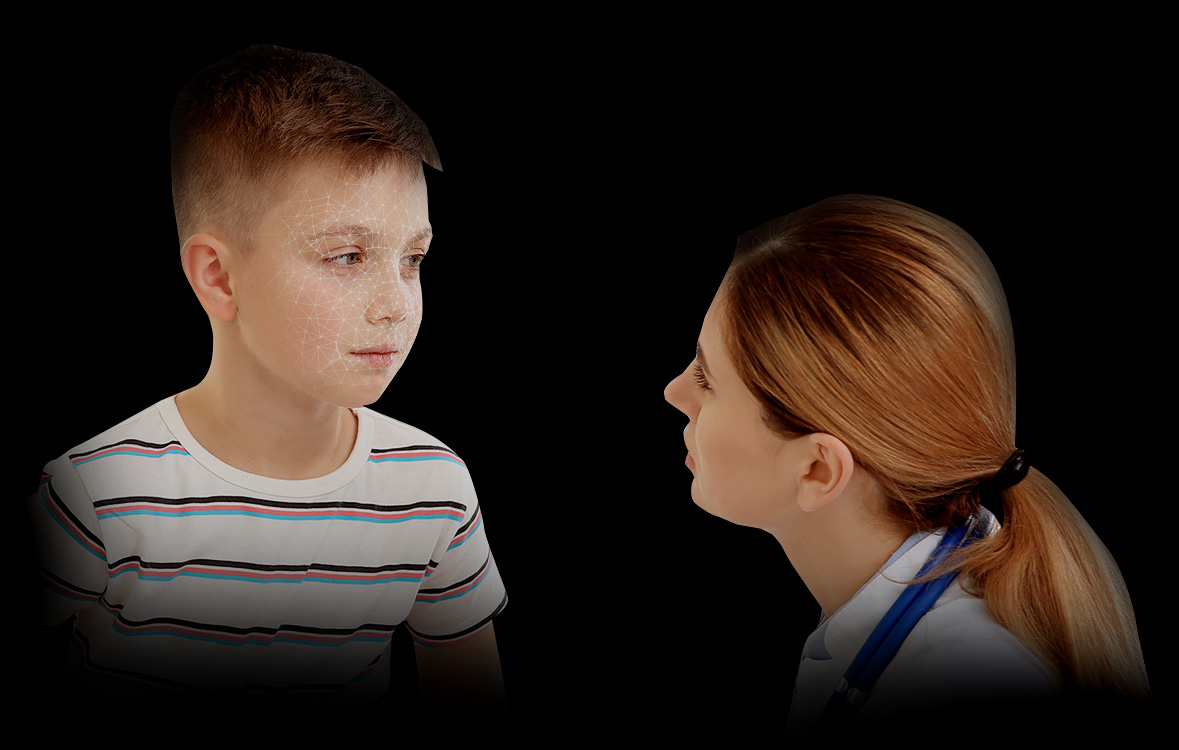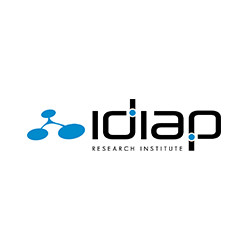GazeSense™ für
WISSENSCHAFTLICHE FORSCHUNG
GazeSenseTM 3D für WISSENSCHAFTLICHE FORSCHUNG
EYE TRACKING & ATTENTION DATA
FOR ACADEMIC RESEARCH

No Headgear

Live Data and Exports

Erschwinglich

Automatic Calibration
Wide Tracking Range
Discreet Sensor
GAZESENSE SETUP & OUTPUT
HUMAN BEHAVIOR RESEARCH
Attention data can provide an ideal window into cognition and behavior. How a participant perceives a stimulus and their responses can be tracked in real time and remotely via a discreet sensor. With GazeSense, researchers can collect and benchmark fixations, gaze-paths and how a participant observes and responds to a change in their environment.


SOCIAL INTERACTIONS
Until recently, eye tracking data for social research has been limited in its authenticity due to intrusive headgear. This can be of particular concern when trying to study natural interactions between participants. With Gazesense, remote eye tracking using low-profile sensors allows for a more genuine environment. Attention metrics and responses can be measured avoiding any distraction for those being observed.
CLINICAL RESEARCH
Eye tracking is used to analyze eye movements that can help to identify conditions such as ADHD, autism & dyslexia. GazeSense uses a remote 3D camera, which can be discreetly mounted in front of the participant without headgear or glasses. Data provides for an analysis of gaze-paths and time of fixation in real time or for later analysis.

CONSUMER GRADE 3D CAMERA TO TRACK
IN A REAL-WORLD SCENARIO
GazeSense utilizes a range of commercially available 3D cameras, so researchers have the flexibility to study attention within or outside of a screen.
Die Intel RealSense D415 is our recommended sensor for most academic applications. Please get in touch with our customer success team to provide you with a recommendation for your use case.
- Bildrate: 30 Hertz
- Eye-Tracking-Reichweite: 0,3 - 1,0 m
- Verfolgungsbereich der Kopfhaltung: 0,3 - 1,5 m
- Sichtfeld: 65° x 40° x 72° (Horizontal × Vertikal × Diagonal)
SYSTEM ANFORDERUNGEN
- Windows 10 oder Linux Ubuntu 16.04 LTS oder höher
- Intel® Core™ Prozessor der 6. Generation oder höher
- USB 3.0
- 2 GB Arbeitsspeicher
- 1 GB freier Festplattenspeicher
- 3D camera options:
-
- Intel RealSense D415 & D435
- Intel RealSense SR300 (incl. Creative BlasterX Senz3D, Razer Stargazer)
- Orbbec Astra Embedded S
- Microsoft Azure Kinect DK
- Microsoft Kinect 2 for Windows
-

RESPONSIVE JOINT ATTENTION
IN HUMAN-ROBOT INTERACTION








